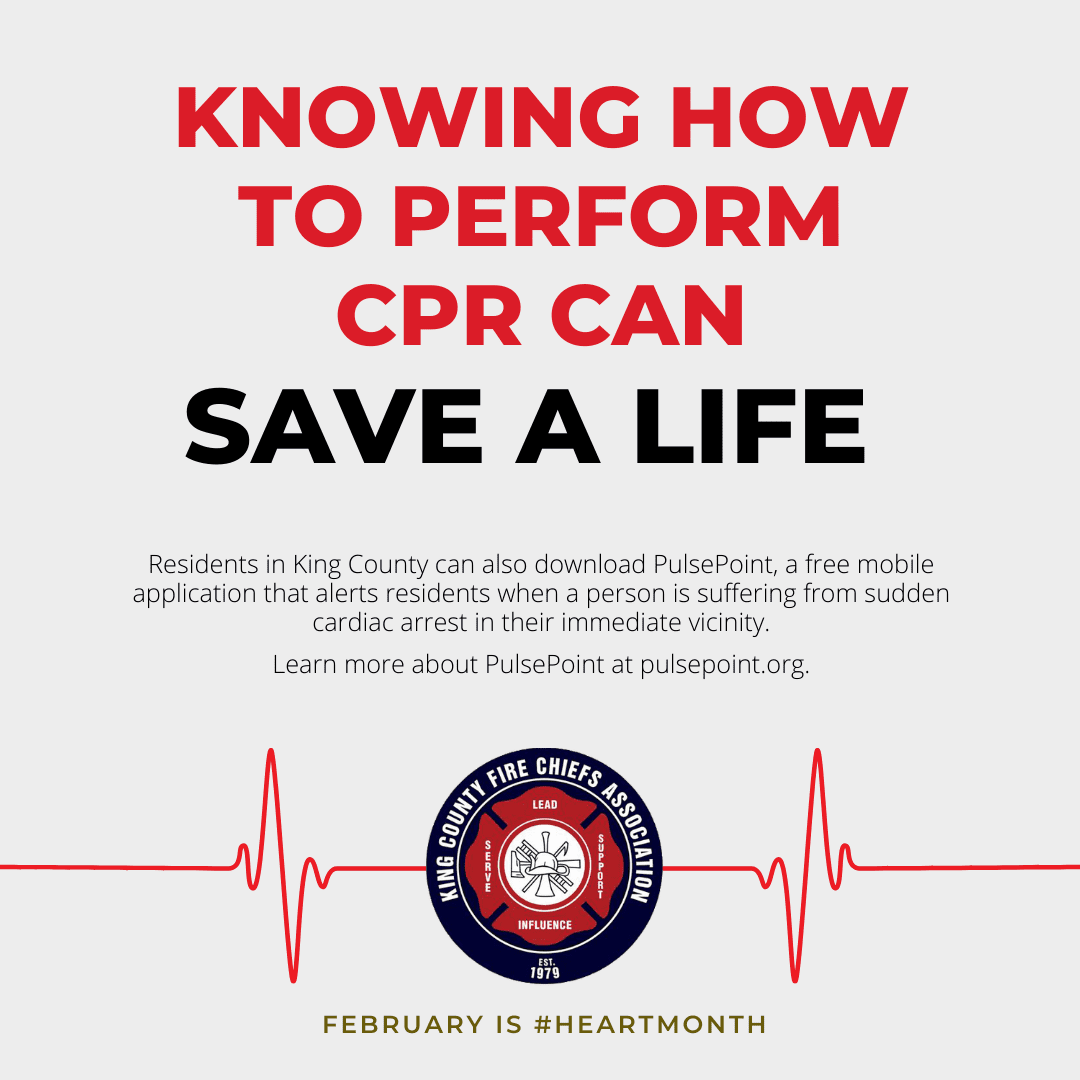

Cardiac arrest occurs when a person’s heart stops working suddenly, often without warning, resulting in blood no longer circulating and depriving the body of oxygen. The person collapses, loses consciousness, and their breathing becomes agonal (gasping) or stops completely. The sudden nature of cardiac arrest always leads to death unless there is rapid action by a series of rescuers. The assistance during the immediate first few minutes of a cardiac arrest is the most critical and is part of the “links in the chain of survival” that include prompt recognition, early CPR and defibrillation, and advanced EMS and hospital care.
Knowing how to perform hands-only CPR (without breaths) can save a life. Administering hands-only CPR is a simple technique that only takes a few minutes to learn. If you see someone collapse, follow these steps:
- Call 911: Give specific information to the dispatcher, starting with the location. Is an AED available? If so, send someone to retrieve it and use it as soon as you can.
- Make sure the scene is safe
- Quickly determine if the person needs CPR: If the person is not responsive or not breathing normally – tap them on the shoulder and shout, “Are you ok. Are you ok?” If the person doesn’t move, speak, blink, or otherwise react, then he or she is not responding.
- Begin chest compressions: Use two hands, with straight arms, and push down hard and fast in the center of the chest. Make sure compressions are at least 2-inches deep, and are at the rate of 100 to 120 compressions per minute.
- Don’t stop compressions until help arrives or take turns with someone if you get tired.
Residents in King County can also download PulsePoint, a free mobile application that alerts residents when a person is suffering from sudden cardiac arrest in their immediate vicinity. Learn more about PulsePoint on their website.